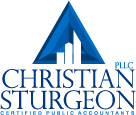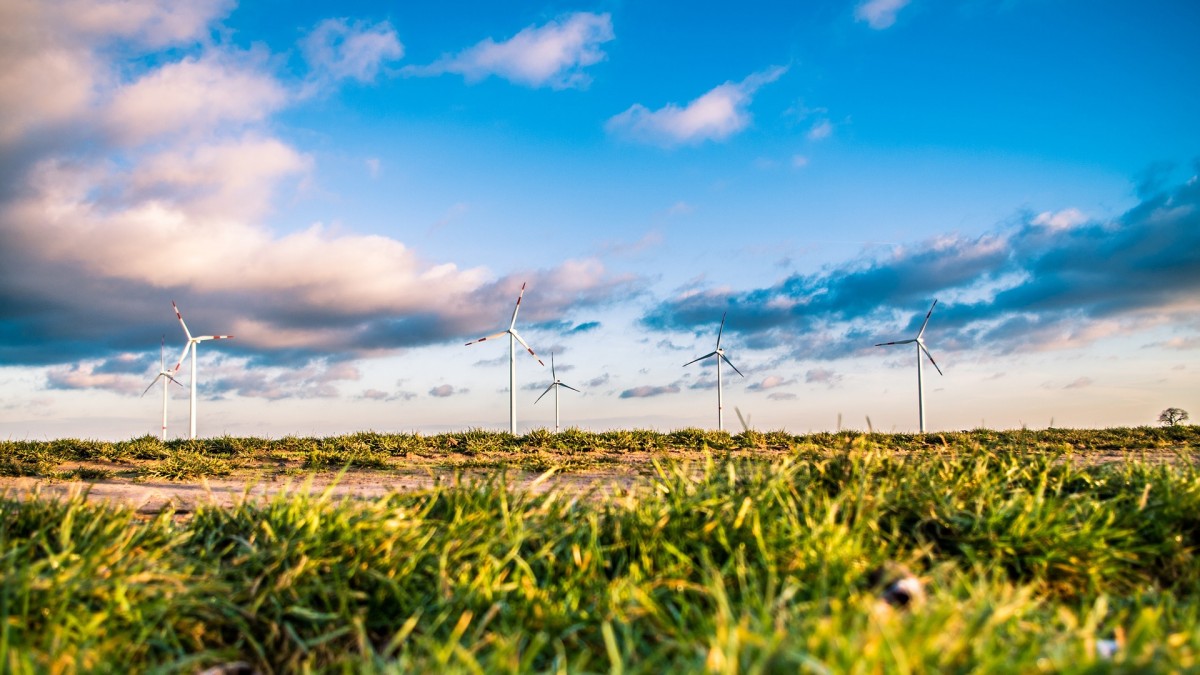The income tax credit for certain energy-efficient home improvements and equipment purchases was extended through 2016 by the Protecting Americans from Tax Hikes Act of 2015 (the PATH Act). So, you still have time to save both energy and taxes by making these eco-friendly investments.
What Qualifies
The credit is for expenses related to your principal residence. It equals 10% of certain qualified improvement expenses plus 100% of certain other qualified equipment expenses, subject to a maximum overall credit of $500, which is reduced by any credits claimed in earlier years. (Because of this reduction, many people who previously claimed the credit will be ineligible for any further credits in 2016.)
Examples of improvement investments potentially eligible for the 10% of expense credit include:
• Insulation systems that reduce heat loss or gain,
• Metal and asphalt roofs with heat-reduction components that meet Energy Star requirements, and
• Exterior windows (including skylights) and doors that meet Energy Star requirements. These expenditures are subject to a separate $200 credit cap.
Examples of equipment investments potentially eligible for the 100% of expense credit include:
• Qualified central air conditioners; electric heat pumps; electric heat pump water heaters; water heaters that run on natural gas, propane, or oil; and biomass fuel stoves used for heating or hot water, which are subject to a separate $300 credit cap.
• Qualified furnaces and hot water boilers that run on natural gas, propane or oil, which are subject to a separate $150 credit cap.
• Qualified main air circulating fans used in natural gas, propane and oil furnaces, which are subject to a separate $50 credit cap.
Manufacturer Certifications Required
When claiming the credit, you must keep with your tax records a certification from the manufacturer that the product qualifies. The certification may be found on the product packaging or the manufacturer’s website. Additional rules and limits apply. For more information about these and other green tax breaks for individuals, contact us.


